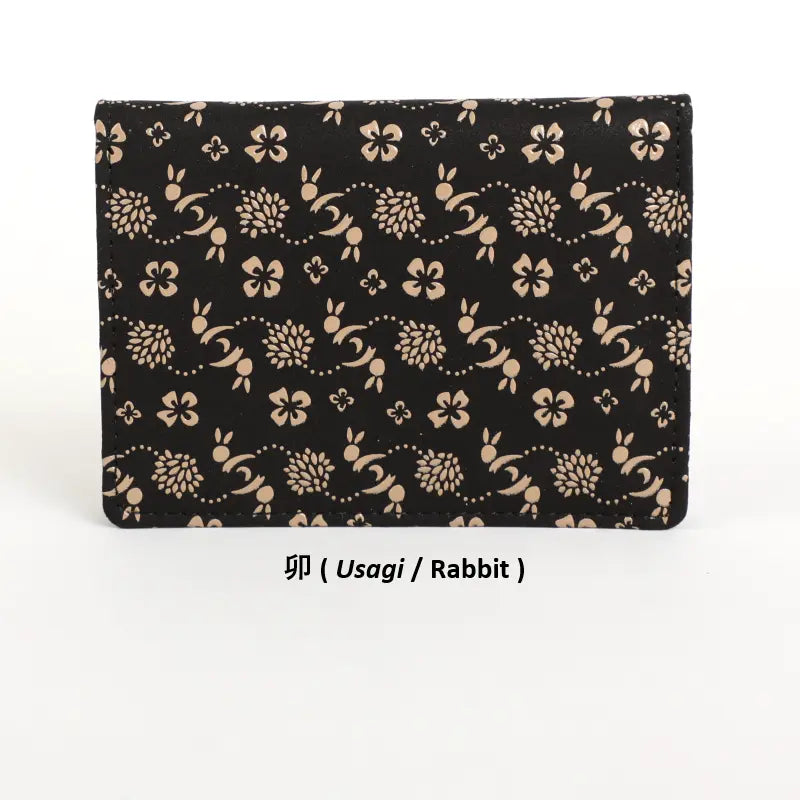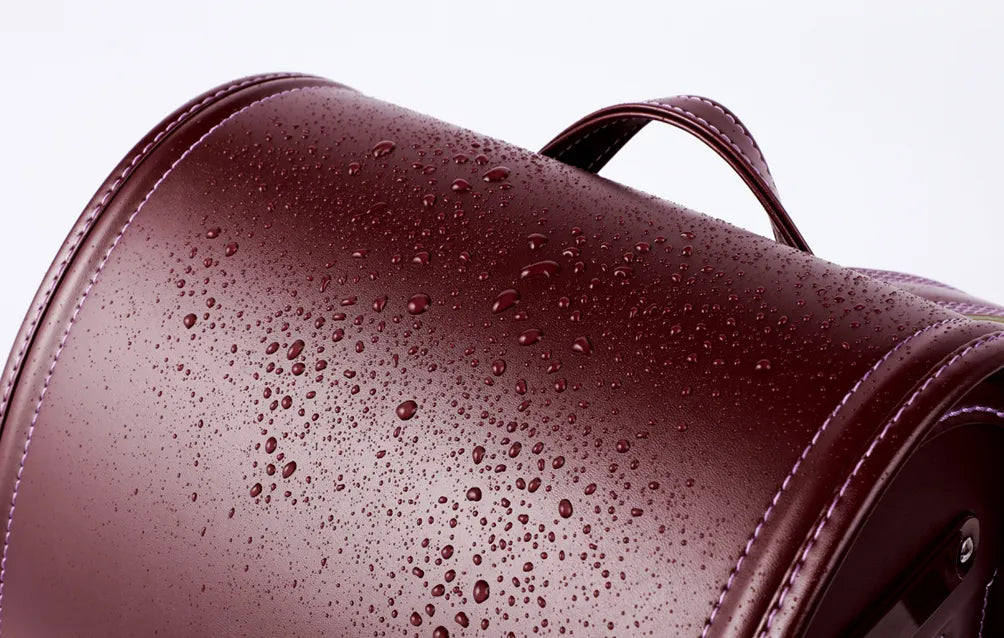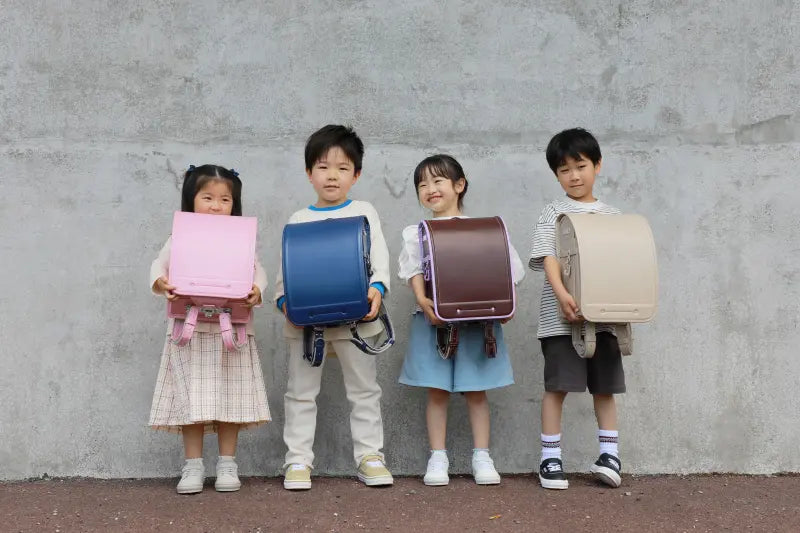
Enjoying the Moon on an Autumn Night: Japan's Otsukimi Culture
As autumn deepens, Japan holds a traditional event called "Otsukimi" (月見), or moon viewing. This custom of appreciating the beautiful full moon in the clear autumn air and giving thanks for nature's bounty and the changing seasons is an integral part of experiencing Japan's four seasons.
The Origins and History of Otsukimi

The origins of Otsukimi can be traced back to China's "Mid-Autumn Festival" (中秋節). The tradition of moon-viewing banquets, which spread through the imperial court during the Tang dynasty, was introduced to Japan in the Heian period. Aristocrats would float boats on ponds to view the moon's reflection, composing poetry and enjoying a refined and elegant time.
At the same time, Japan has long had a culture of revering the moon and nature, with the moon considered a sacred entity, especially as a way to give thanks for the autumn harvest. The fusion of these indigenous beliefs and the custom from China shaped the "Otsukimi" culture as we know it today.
Otsukimi Decorations and Food
On Otsukimi day, it's customary to decorate with Japanese pampas grass (susuki) and moon-viewing dumplings (tsukimi dango). The pampas grass is offered to the gods in place of rice ears and is also believed to ward off evil. The round dumplings, which resemble the full moon, symbolize a wish for a bountiful harvest and good health.
The Moon's Pattern and Different Stories by Country
By the way, what do you see in the pattern of the full moon in your country? The shadows on the moon's surface appear differently depending on the country or region, and each has a story rooted in its culture. A commonality among Japan, China, and Korea is that part of the moon's pattern is seen as a rabbit. However, what the rabbit is doing differs by country. In Japan, it is said to be "a rabbit pounding mochi," while in China and Korea, it is often interpreted as "a rabbit making a potion of immortality."
Otsukimi Scenes You Can See in Autumn Japan
If you visit Japan from late September to early October, you might see moon-viewing dumplings and autumn decorations in convenience stores and supermarkets. For example, packages and decorations featuring illustrations of a full moon, stacked white dumplings, pampas grass, and a rabbit pounding mochi are familiar sights of autumn in Japan.
Trying Tsukimi Dango
If you're curious, you should definitely try tsukimi dango. Unlike the mochi in mochi ice cream, which is also popular outside of Japan, tsukimi dango has a firmer, distinct texture and a simple sweetness. It's a great opportunity to experience seasonal culture through a traditional Japanese confection.
"Moon Rabbit" Pattern Inden Recommended as a Souvenir

For those who want to take a piece of Japanese culture home as a souvenir, we recommend the rabbit pattern Koshu Inden. This traditional leather craft, with patterns drawn in lacquer on deerskin, is exclusively available at Ikedaya's Ginza, Shizuoka, and Hamamatsu stores. Since they are limited-edition items that can only be purchased at Ikedaya, please be sure to take a look when you visit.
Some of these items can also be purchased on this website:
-
No. 1002 Change Purse
https://ikedaya-global.com/products/1002-change-purse-japanese-zodiac-inden -
No. 2504 Card Case
https://ikedaya-global.com/products/2504-card-case-japanese-zodiac-inden -
No. 9854 L-Shaped Zipper Long Wallet
https://ikedaya-global.com/products/9854-long-wallet-japanese-zodiac-inden



